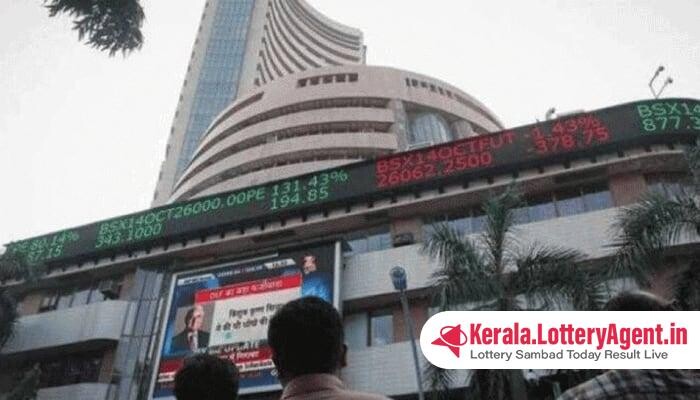
Financial activity took a brief respite in India on Wednesday as the nation’s stock markets remained closed in observance of Ram Navami, a significant Hindu festival. Market participants will redirect their focus to the trading screens when normal operations resume on Thursday.
The brief pause comes in the wake of consecutive declines across Indian stock indices. Prior to the holiday, the market sentiment was dampened by a combination of international developments and domestic factors. On the global stage, escalating tensions between Iran and Israel exerted downward pressure on markets worldwide, not sparing the Indian bourses which wrapped up their third consecutive session in the red. The last trades on Tuesday saw Nifty 50 slipping by 0.56 percent to close at 22,147.90, and the BSE Sensex settling 0.62 percent lower at 72,943.68.
Experts point to a cascade of weak international signals as the primary culprits for the gloomy trading atmosphere. “Weak global cues are largely weighing on the sentiment and this trend may continue, with intermediate pause/rebound,” explained Ajit Mishra, Senior Vice President (Research) at Religare Broking Ltd.
The IT sector felt the tremors most palpably on Tuesday, anticipated to reel from a potential plunge in US discretionary spending along with subdued domestic fourth-quarter results. These projections were laid bare by Vinod Nair, Head of Research at Geojit Financial Services, who pinpointed the sector’s vulnerability in light of these factors.
Compounding the unease within Indian trading circles were the stronger-than-anticipated retail sales figures emerging from the US. This economic uptick has led to speculations fretting over the US Federal Reserve possibly delaying desired rate cuts. As this speculation unfurled, it carried alongside it an uptick in both the dollar index and US bond yields—a development that did not bode well for Indian market sentiment. “The domestic market sustained its consolidation trend for the third consecutive day … amid apprehensions regarding geopolitical tensions and drop in the probability of a cut rate in the short-term,” Nair elucidated on the influences driving the markets.
Looking ahead, traders have their next break lined up on May 1, marking Maharashtra Day—a local holiday that will once again see the bustling exchanges grind to a halt.
As the Indian stock markets paused for Ram Navami, brokers and investors had the opportunity to reflect on the recent performance and prepare for the challenges ahead. With the unsettling international news, particularly the Iran-Israel conflict, casting long shadows, the overarching hope among the investment community remains for a semblance of stability and positive momentum in sessions to come.
Market analysts continue to keep a close eye on geopolitical developments and their potential domino effect on economies and financial markets globally. In the coming days, the Indian markets, much like their global counterparts, will likely continue responding to these macroeconomic and geopolitical signals, oscillating between caution and opportunistic buying in search of direction and profit.
In the aftermath of the holiday, as the markets resume activity, all eyes will be on whether Indian stocks can resist further decline or if they succumb to the gravitational pull of global uncertainties. With the continued volatility, the importance of informed trading strategies and nimble decision-making grows ever more pronounced in these complex financial landscapes. As the Indian economy continues its journey towards recovery amidst a pandemic-battered world, the stock market’s ability to withstand external shocks will remain a critical barometer for the nation’s financial health.












